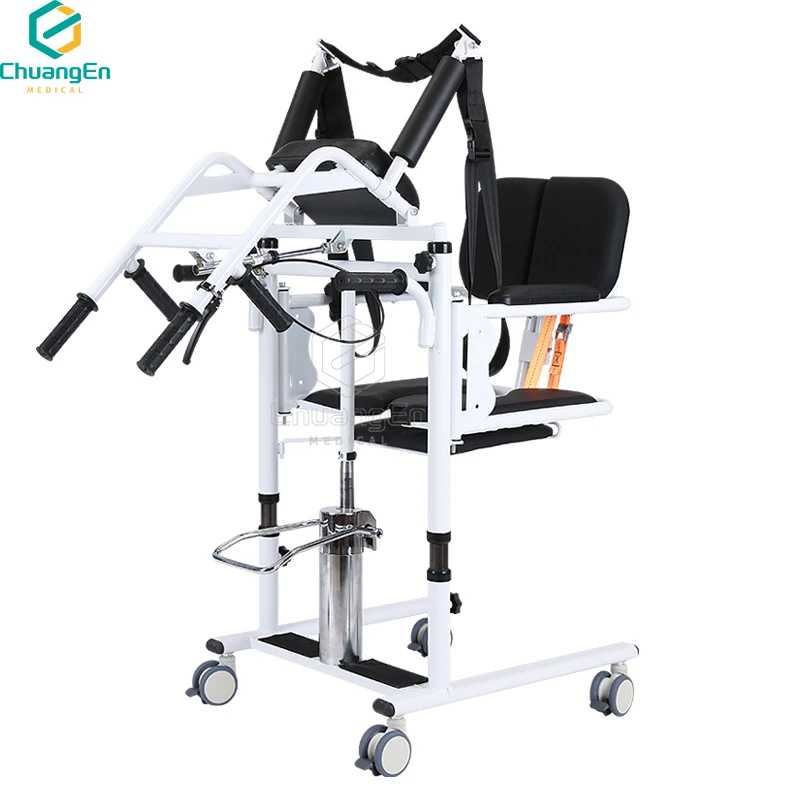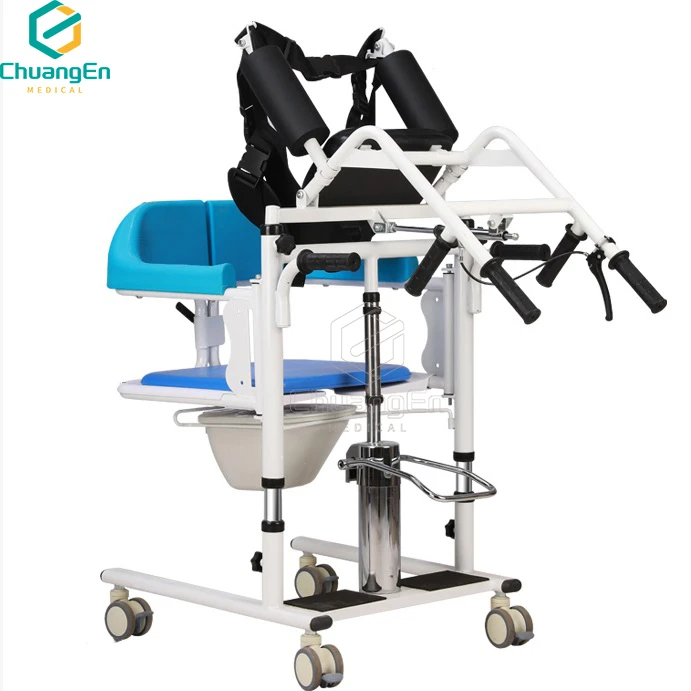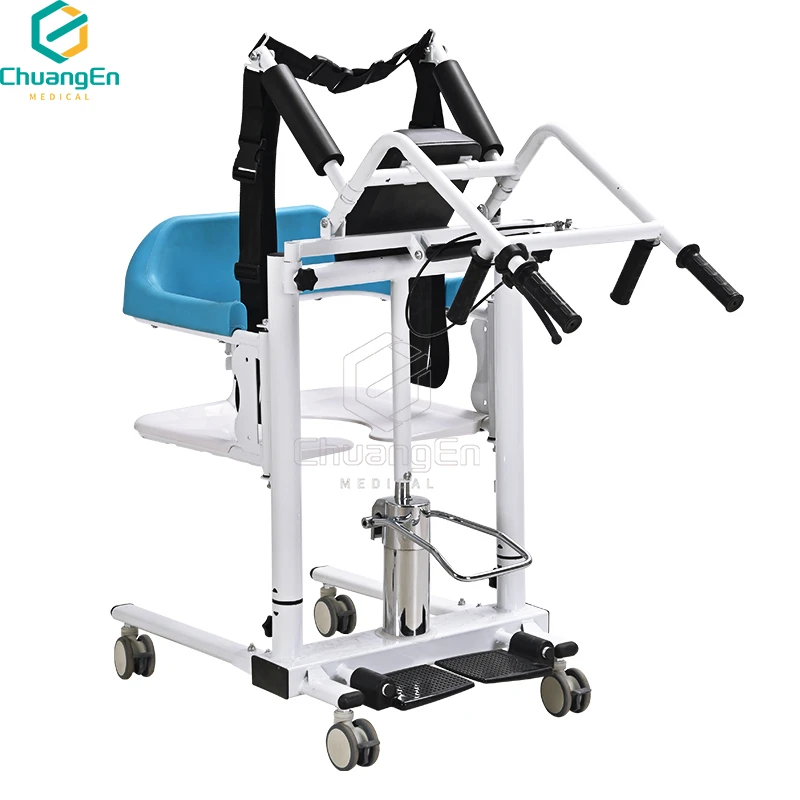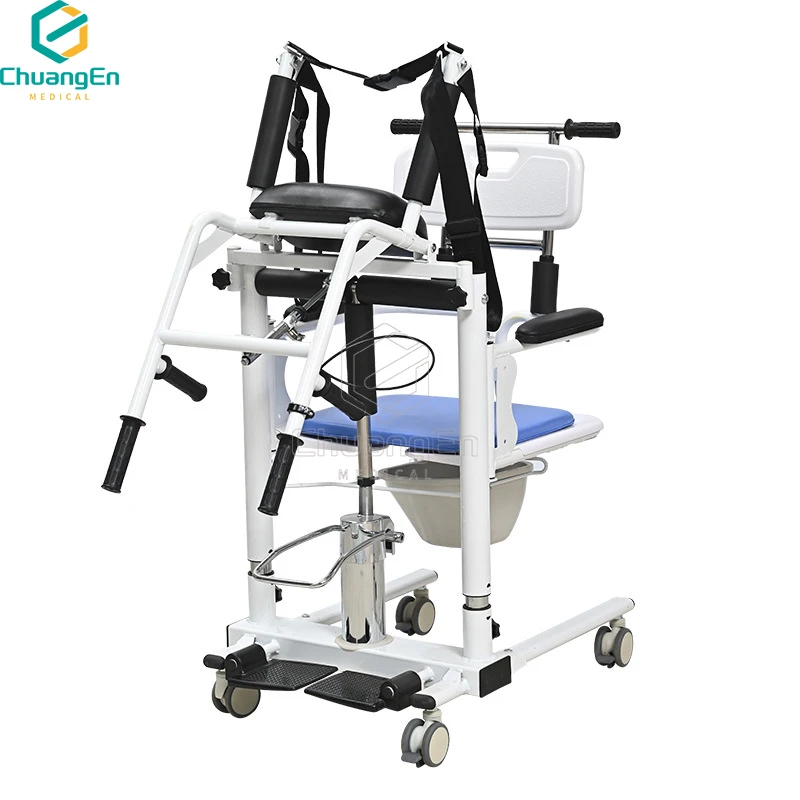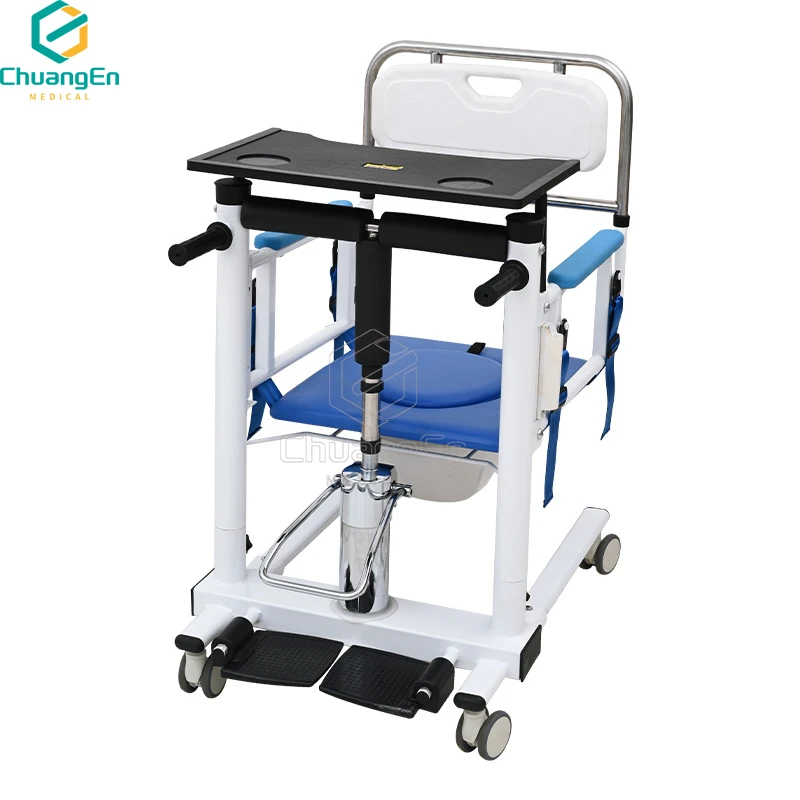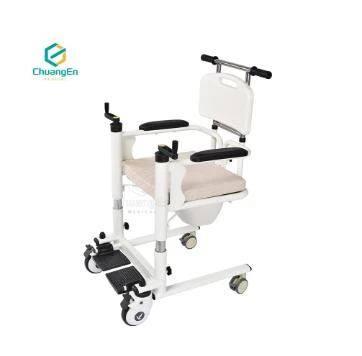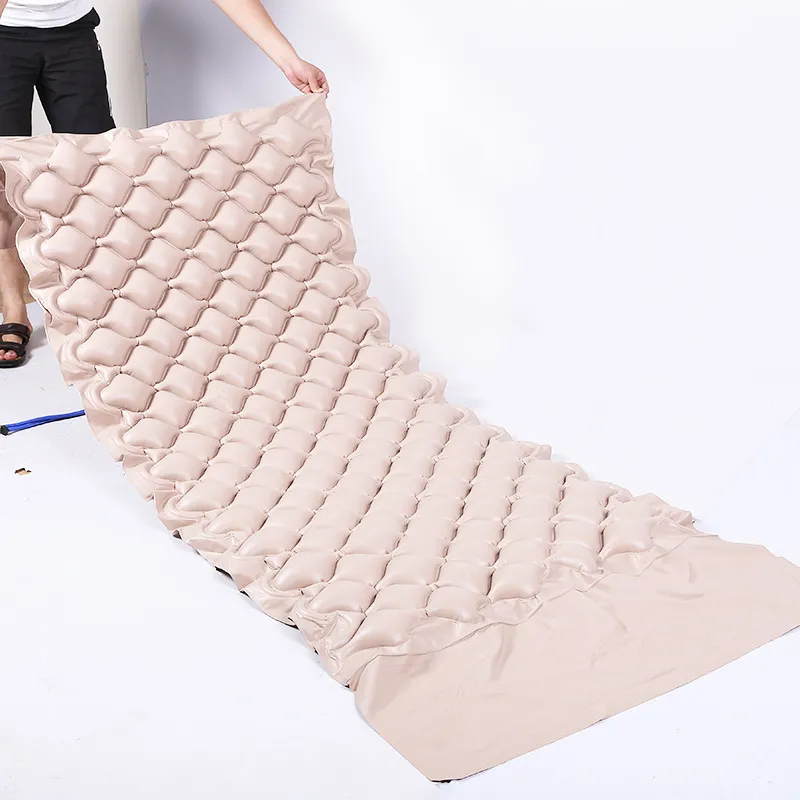A hydraulic transfer chair is a specialized mobility device designed to assist caregivers in transferring individuals from one location to another, such as from a bed to a wheelchair or a toilet. The primary difference between a hydraulic transfer chair and a manual transfer chair is the use of hydraulic lifting mechanisms. These chairs are equipped with a hydraulic pump system that allows the caregiver to adjust the height of the seat, making the transfer process easier and safer. The hydraulic system can lift the user to the desired height, reducing the physical strain on the caregiver. This feature is particularly beneficial for transferring individuals who have difficulty standing or those who are bedridden. The chair typically has secure armrests and footrests, along with large, durable wheels for smooth movement. Additionally, many hydraulic transfer chairs come with safety features like locking wheels and seatbelts to ensure the user remains secure during the transfer. Hydraulic transfer chairs are often used in healthcare facilities, but they can also be helpful for at-home care, particularly for individuals with limited mobility or strength. The ease of height adjustment and the ability to provide a more comfortable and controlled transfer make these chairs an essential tool for both caregivers and patients.
What Are the Benefits of Using a Hydraulic Transfer Chair Over Manual Transfer Chairs?
Using a hydraulic transfer chair offers several significant benefits over traditional manual transfer chairs. The most notable advantage is the reduced physical strain on the caregiver. Manual transfer chairs require caregivers to rely on their own strength to move and lift the user, which can lead to physical exhaustion and an increased risk of injury, especially if the user is heavy or has limited assistance. In contrast, the hydraulic lift system of these chairs allows the caregiver to adjust the height of the seat effortlessly, making it easier to transfer the user from one location to another. This system significantly reduces the need for lifting, bending, or exerting physical effort, promoting better ergonomic practices and minimizing caregiver fatigue. Additionally, hydraulic transfer chairs provide a more precise and controlled transfer experience for the user. By adjusting the seat height gradually, the transfer can be completed smoothly and safely, reducing the risk of sudden movements or falls. Another advantage is that hydraulic transfer chairs are often more versatile and can accommodate a variety of users, including those with severe mobility issues. The ability to adjust the seat height makes it easier to match the height of the wheelchair, bed, or other surfaces, providing better alignment and comfort during the transfer. Ultimately, hydraulic transfer chairs improve the safety, comfort, and efficiency of the transfer process for both the caregiver and the individual receiving care.

